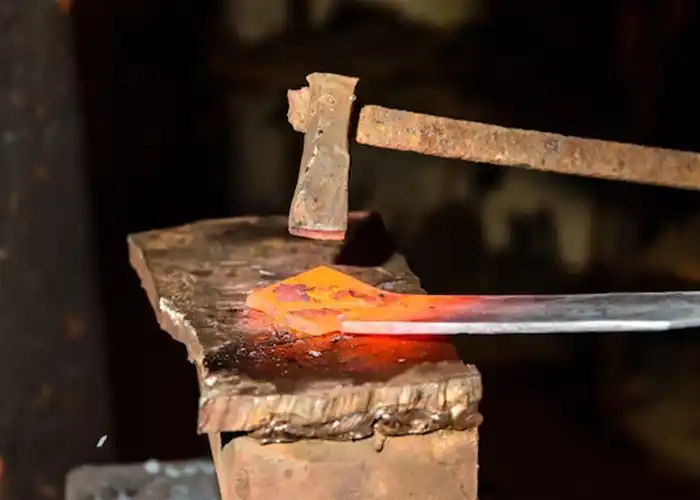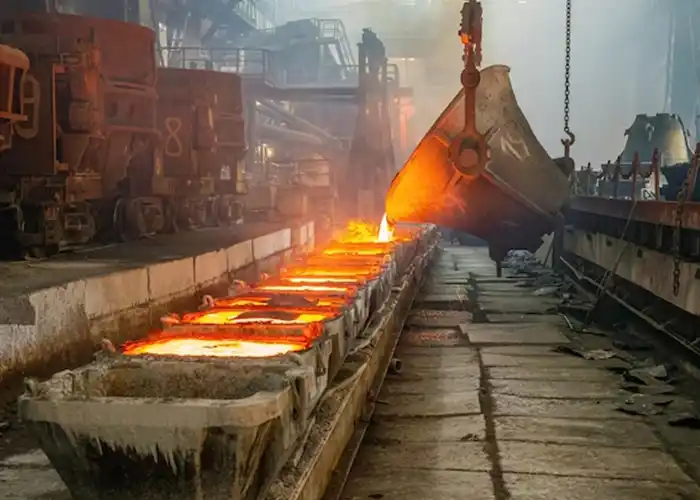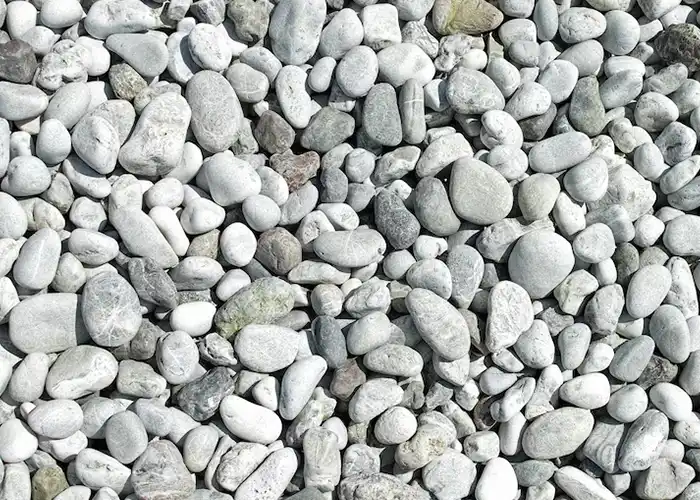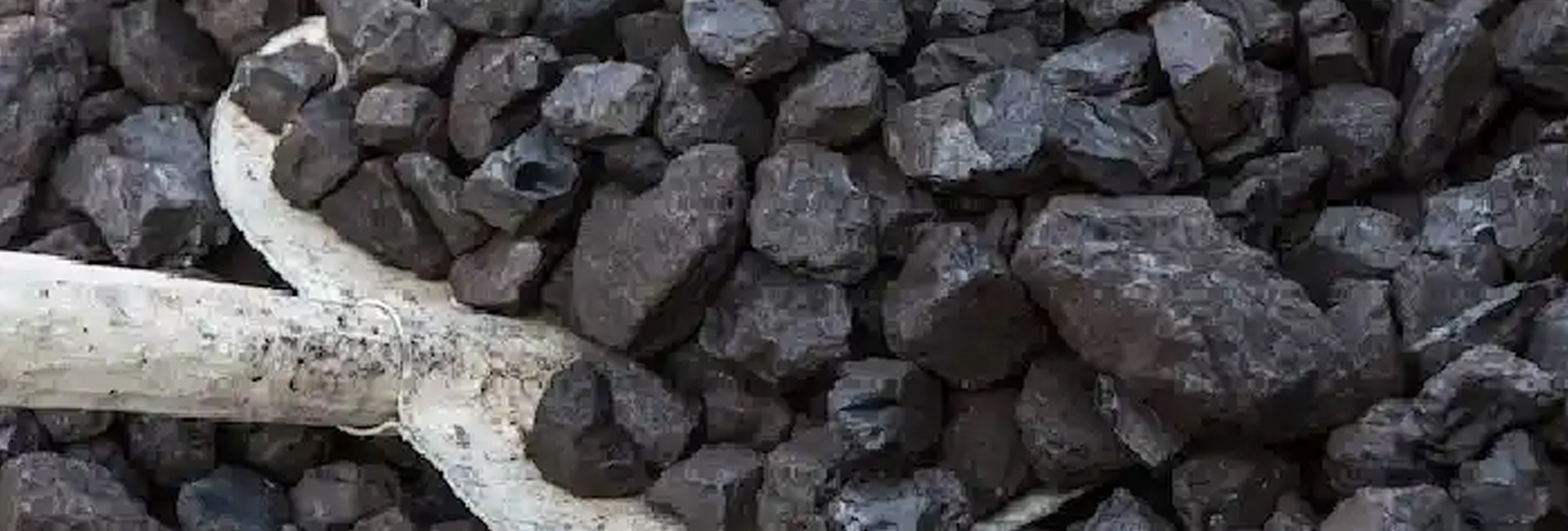Are you a part of the manufacturing industry, constantly on the lookout for the best raw materials to produce high-quality products?
Are you struggling to decide between Sponge Iron vs Pig Iron?
Table of Content |
If yes, then you’ve landed on the right page!
Let’s imagine a scenario where you are tasked with manufacturing steel, but you are unsure which raw material to use – Sponge Iron or Pig Iron. You might wonder which one is more efficient, cost-effective, and better for the environment. With so many factors to consider, making the right choice can be daunting.
Fortunately, we’re here to help! In this blog post, we’ll dive deep into the world of Sponge Iron vs Pig Iron. We’ll examine their properties, composition, manufacturing process, and various applications. Our goal is to help you understand the differences between Sponge Iron vs Pig Iron so that you can make an informed decision on which one to choose for your specific manufacturing needs.
Whether you’re a seasoned professional or a newcomer to the industry, this post is for you. So, grab a cup of coffee, and let’s explore the world of Sponge Iron vs Pig Iron together!
An Overview of Sponge Iron vs Pig Iron
Sponge Iron vs Pig Iron are two popular raw materials used in manufacturing. Sponge Iron, also known as Direct Reduced Iron (DRI), is produced by reducing iron ore in the form of lumps/pellets using non-coking coal in a rotary kiln.
Pig Iron, on the other hand, is produced by melting iron ore, coke (made from coal), and limestone in a blast furnace. The resulting liquid iron is then cast into molds to form pig iron.
What are the Differences between Sponge Iron vs Pig Iron?

The primary difference between Sponge Iron vs Pig Iron lies in their production process, composition, and properties. Sponge Iron is a purer form of iron with a lower carbon content compared to Pig Iron. It has a higher melting point, greater resistance to oxidation, and is more malleable and ductile. Pig Iron, on the other hand, is more brittle, has a higher carbon content, and is less pure. Another key difference between Sponge Iron vs Pig Iron is their cost. Sponge Iron is cheaper to produce as it does not require coke, which is an expensive raw material used in the Pig Iron manufacturing process. However, Pig Iron has a lower melting point, making it easier to cast and shape into various forms.
Pig Iron Uses
Pig Iron has been an essential raw material in the manufacturing industry for centuries. Its versatility and strength make it a popular choice for a wide range of applications. Pig Iron is used in the production of steel, iron castings, pipes, and wrought iron. It is also used as a feedstock in the production of wrought iron and steel. One of the most common pig iron uses is in the production of cast iron. Cast iron is used in a variety of applications such as cookware, pipes, and engine blocks. Pig Iron is also used in the production of steel, which is used in construction, transportation, and many other industries. In addition, Pig Iron is used in the production of wrought iron, which is used in ornamental ironwork, fences, and gates.
Pig Iron Properties
Pig Iron is an alloy of iron, carbon, and other elements that are produced by smelting iron ore in a blast furnace. The Pig Iron properties can vary depending on the specific composition and manufacturing process used. Here are some physical and chemical Pig Iron properties:
Physical Properties
- Density: 6.9 – 7.8 g/cm³
- Melting Point: 1150 – 1250°C
- Boiling Point: 2927°C
- Color: Dark gray to black
Chemical Properties
- Carbon Content: 2.5 – 4%
- Silicon Content: 0.5 – 3.5%
- Manganese Content: 0.1 – 2.5%
- Sulfur Content: 0.05 – 0.15%
- Phosphorus Content: 0.1 – 2.0%
Pig Iron Composition

Pig Iron is a high-carbon ferrous material produced during the smelting of iron ore with coke and limestone. The Pig Iron composition varies depending on the raw materials used and the smelting conditions.
- Pig Iron typically contains between 3.5% to 4.5% carbon, along with various other elements.
- In addition to carbon, Pig Iron contains other elements such as silicon, sulfur, phosphorus, manganese, and trace amounts of other elements.
- Silicon is typically present in concentrations between 1% to 3%, while sulfur and phosphorus are present in concentrations of up to 0.1%.
- Manganese is usually present in concentrations of up to 1%, and trace amounts of other elements such as copper, nickel, and chromium may also be present.
Pig Iron Manufacturing Process
The Pig Iron manufacturing process involves a complex process that begins with mining iron ore and preparing raw materials. The raw materials, including iron ore, coke, and limestone, are then fed into a blast furnace, where they are heated to extremely high temperatures. The heat causes a chemical reaction to occur, reducing the iron ore to molten Pig Iron. The molten Pig Iron is then drained from the bottom of the furnace and cast into pigs, hence the name Pig Iron. The
Pig Iron manufacturing process can be broken down into four main stages:
- Preparation of raw materials: This stage involves the mining of iron ore and the preparation of the other raw materials, including coke and limestone.
- Charging: The prepared raw materials are fed into the blast furnace, which is then sealed and heated.
- Reduction: The heat causes a chemical reaction to occur, resulting in the reduction of the iron ore to molten Pig Iron.
- Casting: The molten Pig Iron is then drained from the bottom of the furnace and cast into pigs.
Sponge Iron Uses
Sponge Iron, also known as Direct Reduced Iron (DRI), is a high-quality iron ore product produced by reducing iron ore in a solid-state process. It is a highly versatile product that has a wide range of applications across several industries. Some of the most common Sponge Iron uses include:
- Steelmaking: Sponge Iron is commonly used in steelmaking as a substitute for scrap metal. It has a high iron content and low levels of impurities, making it an ideal feedstock for steel production.
- Foundry Industry: Sponge Iron is used in foundries to produce high-quality cast iron products.
- Chemical Industry: Sponge Iron is used as a catalyst in the chemical industry to produce chemicals such as ammonia, methanol, and hydrogen.
- Electric Arc Furnace (EAF): Sponge Iron can be used as a coolant and energy source in Electric Arc Furnace (EAF) steelmaking.
Sponge Iron Composition

Sponge Iron is a type of direct reduced iron (DRI) that is produced by reducing iron ore in the form of lumps or pellets using a reducing gas such as natural gas or coal gas. The reduction process removes the oxygen from the iron ore, resulting in a sponge-like product that is high in iron content and low in impurities.
- Sponge Iron typically contains between 88% to 94% iron, with small amounts of other elements such as carbon, silicon, manganese, sulfur, and phosphorus.
- The carbon content of Sponge Iron can vary depending on the reducing gas used and the reduction temperature.
- Generally, Sponge Iron produced using natural gas has a higher carbon content compared to Sponge Iron produced using coal gas.
Types of Sponge Iron
Sponge Iron is a form of direct reduced iron that is produced from the reduction of iron ore in the form of lumps, pellets, or fines using a reducing gas such as hydrogen, natural gas, or coal. There are three main types of Sponge Iron:
- DRI (Direct Reduced Iron): It is produced in lump or pellet form and is often used as a feedstock in the production of steel.
- HBI (Hot Briquetted Iron): It is produced in briquette form and is a denser form of Sponge Iron compared to DRI. It has a higher iron content and can be used as a substitute for scrap steel in electric arc furnaces.
- HDRI (Hot Direct Reduced Iron): It is produced in the form of hot briquettes and is an intermediate product between HBI and Pig Iron.
Read more: All About the Production Of Sponge Iron
Wrapping It Up
Both Sponge Iron vs Pig Iron have their own unique properties, manufacturing processes, and applications. Choosing between the two depends on several factors, including the intended use, cost, and availability. However, it is important to consider the environmental impact and sustainability of the chosen material. If you’re in the market for high-quality Sponge Iron, look no further than Sree Metaliks Limited. Our company is committed to producing Sponge Iron that meets the highest quality and sustainability standards. We use the latest technology and processes to manufacture Sponge Iron that is pure, consistent, and reliable. With our years of experience and expertise in the industry, you can trust us to provide you with the best Sponge Iron for your needs. At Sree Metaliks Limited, we are dedicated to delivering the best possible service to our customers. Whether you need Sponge Iron for steel production or any other application, we are here to help. Contact us today to learn more about our products and services, and how we can help you meet your business needs.
Read more: The working of the iron ore market

